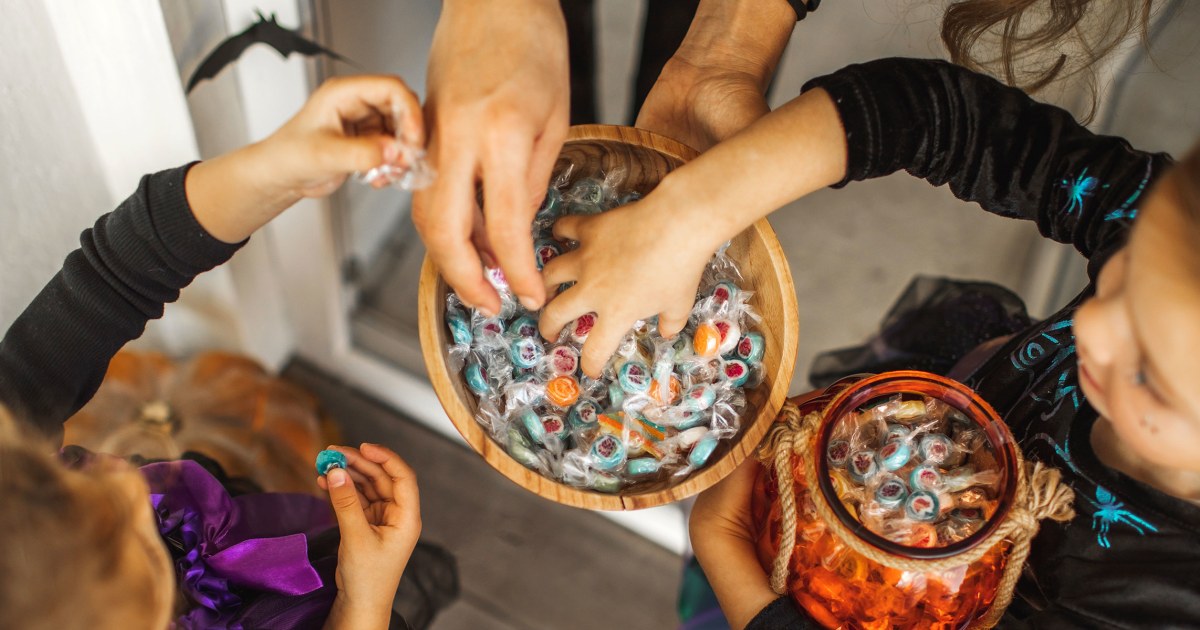
""Let them go for it!" Rice tells TODAY.com. "Halloween night should be a total free-for-all, and potentially even the following day, too." If kids know there's another chance coming, she explains, they won't feel like it's their one opportunity and go overboard. After that, the structure shifts. "Once the excitement has passed, I recommend three pieces of candy a day," Rice says."
""We know very well that kids want chocolate," she says. "When adults make a good-faith effort to offer it regularly, it builds trust." That approach, draws from the "trust model," a feeding framework developed by dietitian Ellyn Satter. The model outlines clear roles: parents decide what, when and where food is served, while children decide whether to eat and how much."
Allow children unrestricted access to Halloween candy on the night of trick-or-treating and possibly the following day to prevent a sense of scarcity and bingeing. After the initial free-for-all, introduce a consistent plan of about three pieces of candy per day, offered at predictable times like lunch or after dinner. Parents should lead by reliably offering sweets to build trust and reduce hoarding or obsession. This approach follows the trust model: parents decide what, when, and where food is served; children decide whether and how much to eat. Over time, regular access helps children treat candy as ordinary food and develop a healthy relationship with sweets.
Read at TODAY.com
Unable to calculate read time
Collection
[
|
...
]